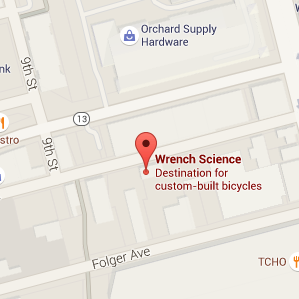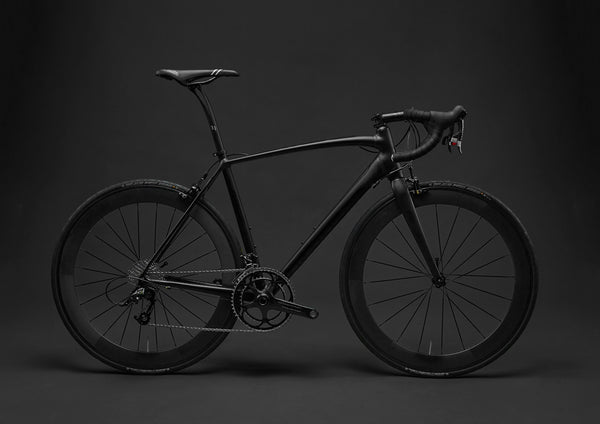Whether you are looking to start cycling for the first time or are a committed rider who wants to add a little extra oomph to some of your rides, an electric bike can enhance every type of ride for every rider.
E-bikes have been available for many years, which means that there is a huge amount of variety in bike types and kinds of options within each category. So how can you know which is the best electric bike for you? As with all bike purchases, it comes down to deciding the type of riding you intend to do.
And we’re here to help explain everything about the e-bikes you can find at Wrench Science to help you decide what electric bike will be ideal for your riding.
What are e-bikes?
An electric bike can be defined as a bike with a pedal assist system that amplifies the power you are already supplying to the pedals. These pedal assist or electric drive systems primarily consist of a motor and battery that provide additional watts to your pedaling action. Most systems will also include remote controls and head units as well.
Though e-bike technology is ever-evolving, for high-quality road, gravel and mountain electric bikes you will typically find that they are equipped either with a rear hub motor or a mid-motor situated in the bottom bracket region. The level of e-bikes Wrench Science sells also come with the battery integrated into the frame design, sometimes removable for recharging, sometimes completely integrated into the frame and non-removable.
Considering rapid advancements in pedal assist systems, weight plays a big role in pushing for greater innovations. Electric bikes are necessarily heavier than non-electric bikes thanks not only to the motor and battery, but also because frames, especially the carbon frames you’ll find on road and gravel e-bikes, need to be robust and built up to withstand the extra forces the pedal assist system will cause.
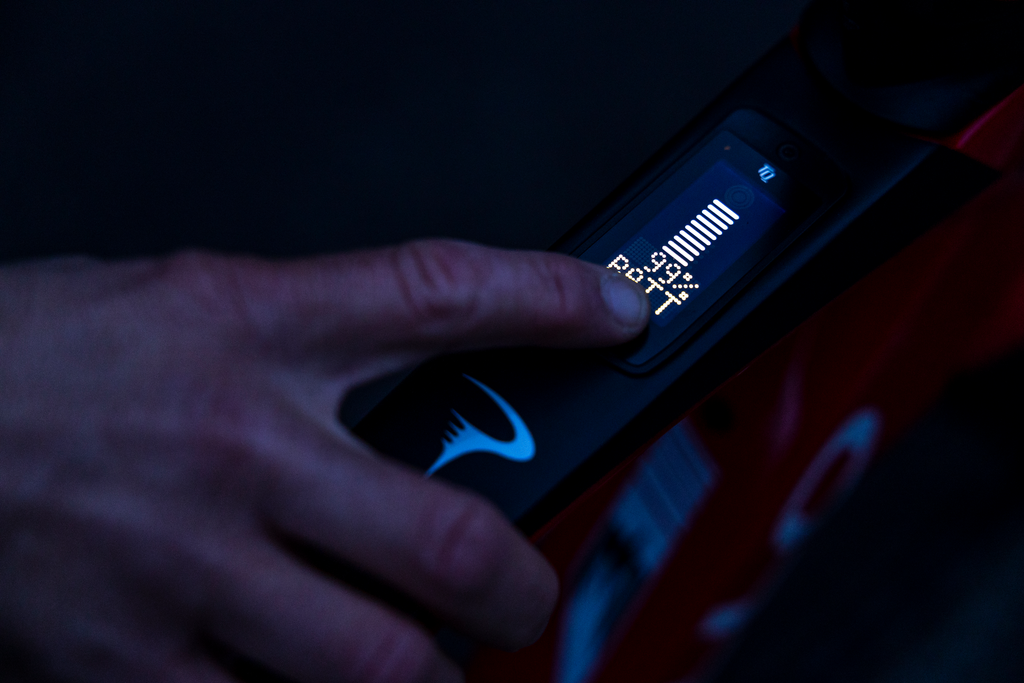
Types of e-bike motors
So what’s the best choice for e-bike motors and where should they be situated on the bike? Each option has its own reasoning.
Rear hub motor
When we’re talking about a rear hub motor, that means that instead of a basic hub that you’ll find on non-electric bikes, the e-bike rear hub will be built up with a motor contained in the structure of the hub. It will then connect directly to the freewheel to apply the available power.
The advantage of having this configuration is that there is very little systemic loss of power once engaged. The hub communicates immediately with the freewheel and rear cassette, giving you a quick shot of power when you need it. Systems like the Mahle ebikemotion X35 rear hub motor found on bikes like the 3T Exploro Racemax Boost provide natural power support up to 250W. This was the first system that really managed to keep the overall weight down, adding just an extra 3.5 kg to the bike.
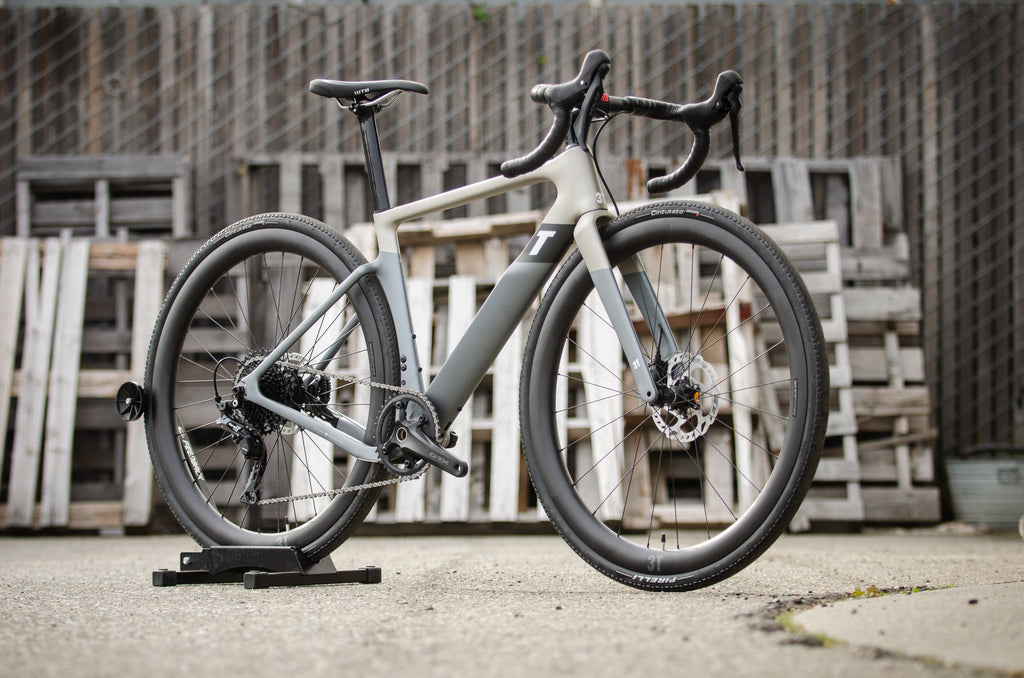
Having the motor in the hub also makes it much easier to keep the frame itself looking very streamlined, just like a non-electric road or gravel bike. However, since the motor in the hub has more of a connection with the rear wheel than the crank arms and pedals, there can be the tendency for it to have a slightly less natural feel when the motor engages and dis-engages. But this is becoming less and less an issue with each new iteration of a rear hub system.
Mid-motor
Mid-motor systems have been popular for many years, but have often been bulky and heavy, suitable only for commuting bikes or gravity mountain bikes where weight is less important. With the advent of exceptionally well designed systems like those offered by Fazua and TQ, we now have super lightweight systems that can be integrated into the frames without adding excessive weight or bulk.
The advantages of having a mid-motor pedal assist system primarily relate to how responsive and natural the system feels when riding. The mid-motor keeps the center of gravity where it feels most natural on the bike to ensure the handling remains stable and predictable. The motor also engages with the pedal motion, ensuring it feels as smooth and natural as the pedaling feels on a non-electric bike.
These are important considerations especially for anyone who is looking to buy an e-road bike or e-gravel bike. You will want to feel natural on the bike with rapid engagement and disengagement of the motor when you are pedaling or coasting. Silence is also golden when it comes to pedal assist systems. And the latest iterations of mid-motor systems like the one offered by the TQ-HPR50 motor makes the pedal assist feel very unobtrusive and even quieter than the wind as you ride.
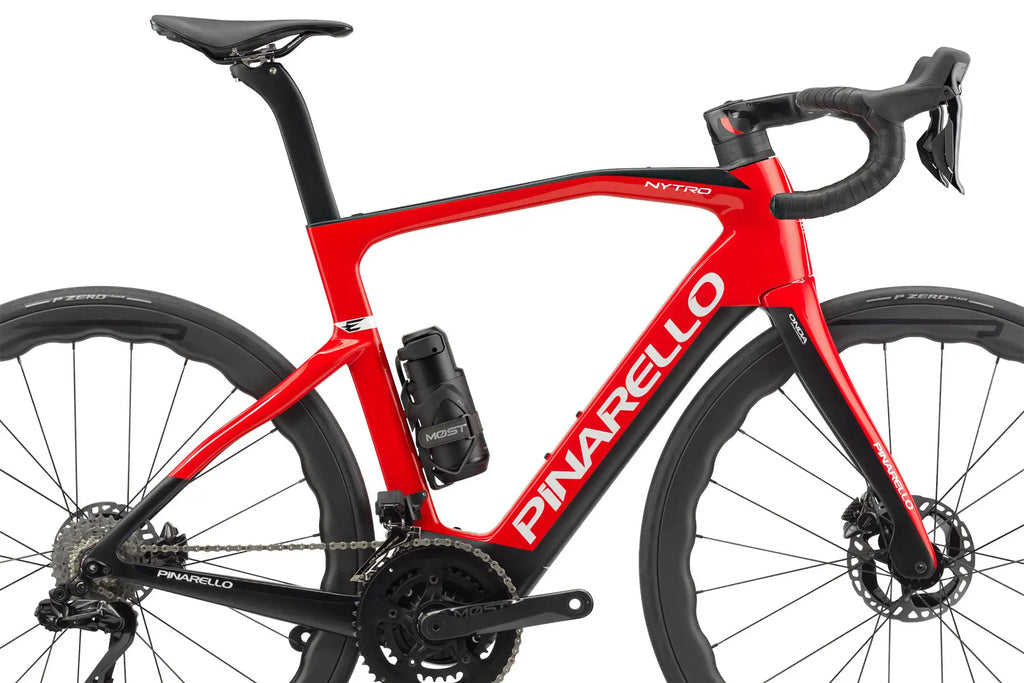
What are the classes of e bikes?
In the United States, legislation is having trouble keeping up with e-bike innovations. There has been a lot of debate about just what counts as an e-bike versus a motorbike. In general, though, if it has pedals, it’s considered a bike. And within the classification of being an electric bike, there are three classes of e-bikes which local and state authorities use to determine which type of bike can be allowed on what types of roads and trails.
Those classes are:
- Class 1: The motor engages when you pedal, and disengages at 20 mph.
- Class 2: Has a pedal-assist mode up to 20 mph plus a purely throttle-powered mode, which works without pedaling.
- Class 3: Is pedal assist, but assistance extends to 28 mph.
If you are doing your shopping at Wrench Science, you won’t find any bikes in the Class 2. But depending on the brands you are looking at, you will be able to find both Class 1 and Class 3 among our options.
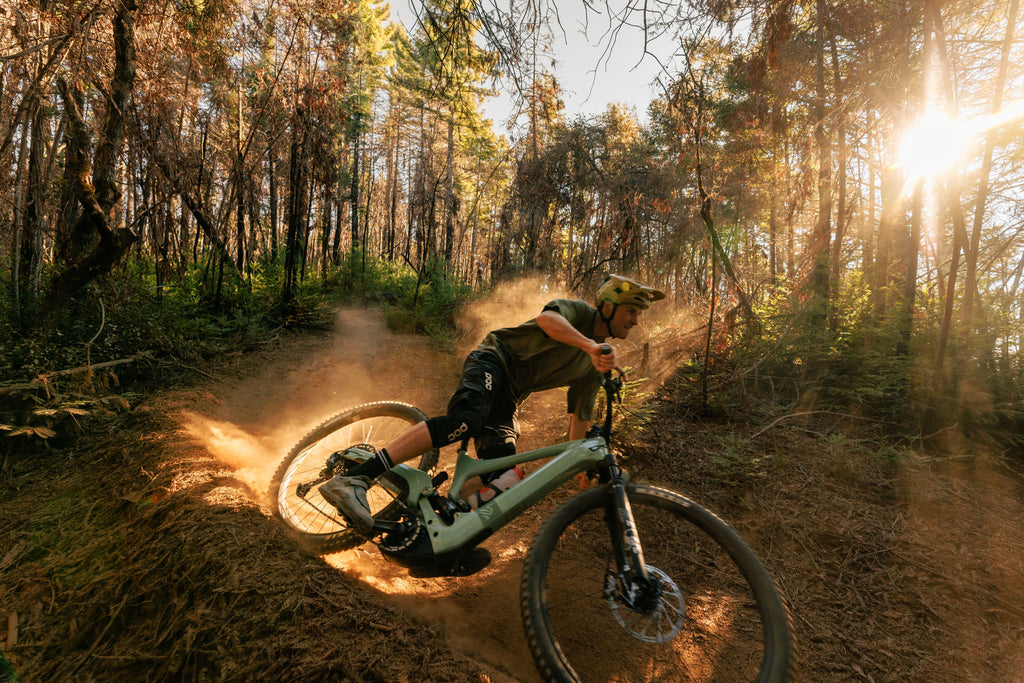
Please keep in mind that you will need to check with your local regulations to learn where you are allowed to ride e-bikes. If you are looking to ride one of our e-mountain bikes available, not all trails will allow e-bikes. Similarly, certain municipalities might disallow e-bikes on multi-use walking and bike paths.
Once you understand what an e-bike is, you’ll see that electric bikes can open up a whole new world of exploration for riders. They can give you the chance to go further faster while still making you work hard enough that you are getting a beneficial amount of exercise.




























































































































































































































































